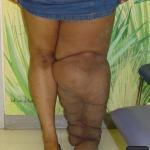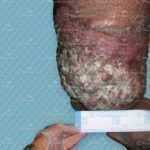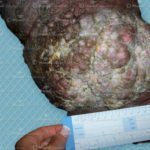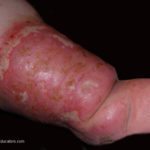A New Topic on WoundTalk – Pyoderma Gangrenosum
The last few weeks on WoundTalk have been devoted to a discussion of lymphedema. Our new subject for discussion will be pyoderma gangrenosum, an uncommon but potentially incapacitating condition that is still not fully understood. As well as providing a comprehensive overview of this condition, we will also provide resources to assist you in understanding…




